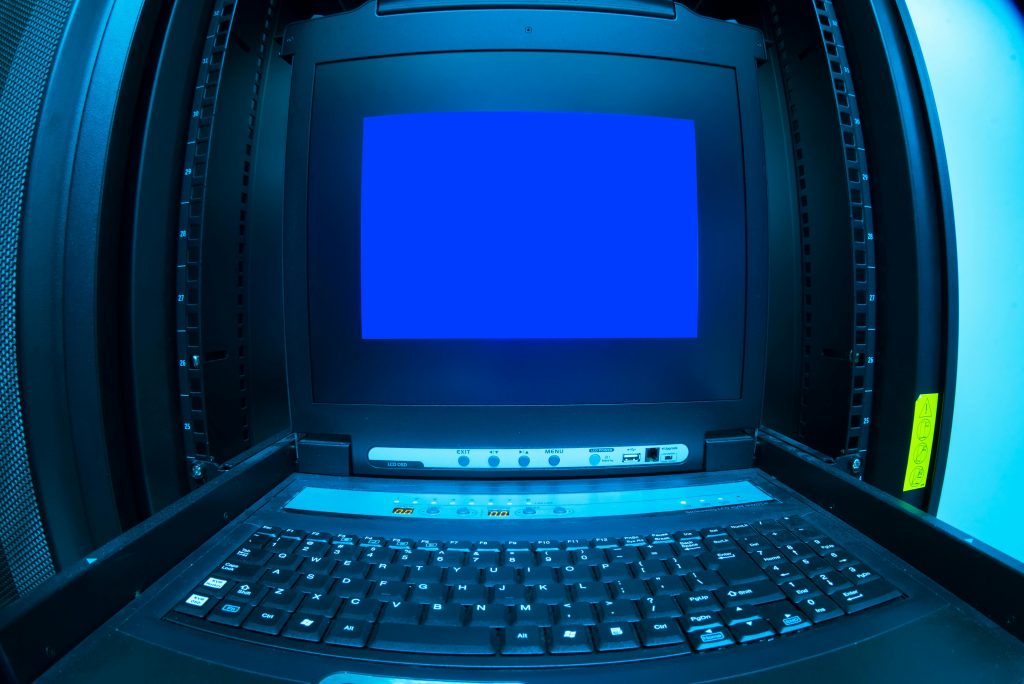Troubleshooting Persistent Trackpad Issues on an Acer Aspire 7: Causes and Solutions
Introduction
Laptops are essential tools for students and professionals alike, but hardware and software issues can disrupt productivity. If you’re experiencing unusual behavior with your Acer Aspire 7’s trackpad—such as the cursor moving or clicking on its own—it’s understandable to feel concerned. This article explores common causes, troubleshooting steps, and potential solutions to resolve erratic trackpad behavior effectively.
Understanding the Issue
Users have reported problems where their Acer Aspire 7’s trackpad begins to move or click independently, sometimes accompanied by the cursor opening or closing applications without user input. Such issues can stem from hardware faults, software conflicts, driver problems, or potential malware interference.
Common Causes
- Hardware Malfunction: Loose or damaged internal cables, failing trackpad components, or electrical issues might cause erratic behavior.
- Driver or Firmware Problems: Corrupted or outdated device drivers can result in unresponsive or unpredictable input devices.
- Malware or Viruses: Malicious software could potentially interfere with system functions, including input devices.
- External Factors: Dust, moisture, or physical damage may affect the trackpad’s operation.
Step-by-Step Troubleshooting
-
Basic Checks
-
Restart your laptop to see if the issue persists.
- Use the F10 or dedicated disable button (if available) to turn off the trackpad and see if the problem continues.
-
Test with an external mouse to determine if the issue is strictly with the trackpad or system-wide.
-
Update Drivers
-
Visit Acer’s official website and download the latest trackpad or touchpad driver compatible with your model.
-
Alternatively, check Device Manager in Windows:
- Right-click the Start button and select ‘Device Manager.’
- Locate ‘Mice and other pointing devices,’ right-click your trackpad, and choose ‘Update driver.’
-
Run Hardware Diagnostics
-
Use built-in diagnostics tools or third-party utilities to scan for hardware faults.
-
If available, run the hardware check to identify any physical issues.
-
Check for Malware or Viruses
-
Run a comprehensive scan with trusted security software such as Norton Security Ultra.
- Keep your virus definitions updated and perform a full system scan.
-
Consider using additional tools like Malwarebytes for a second opinion.
-
Perform System Updates
-
Ensure your Windows operating system is up to date
Share this content:



